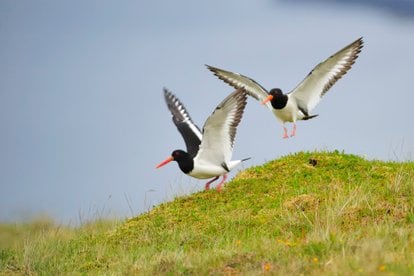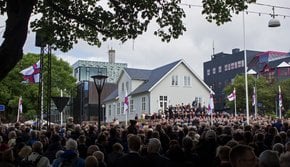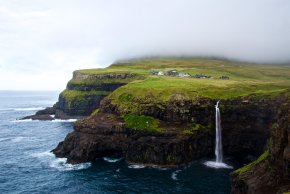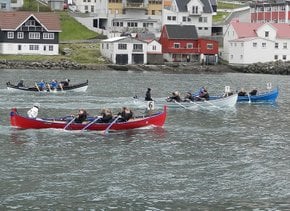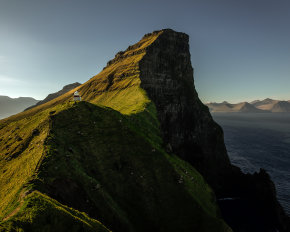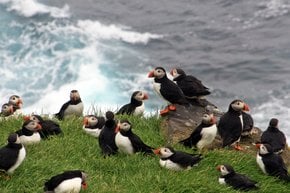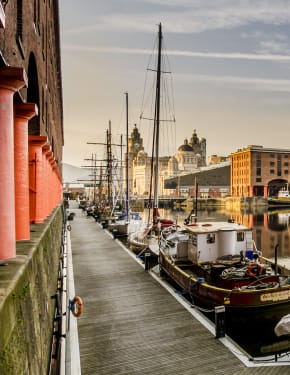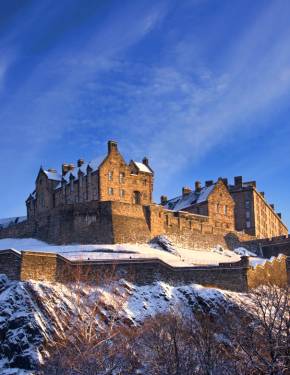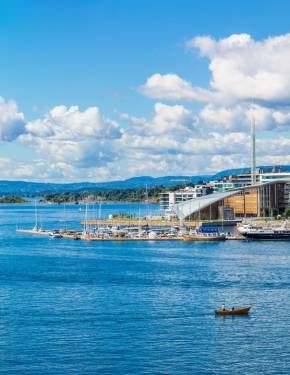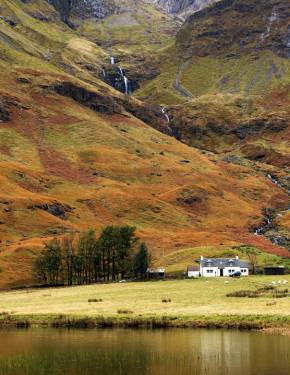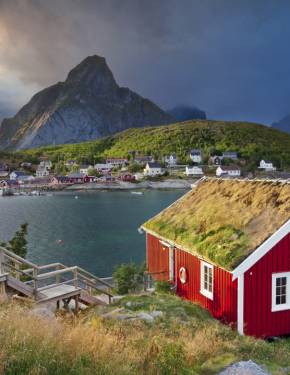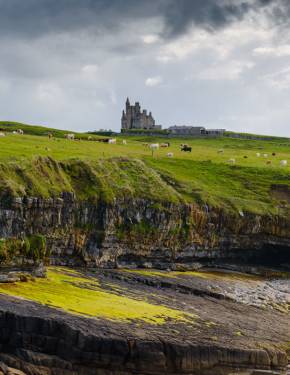Grækarismessa: The Arrival of the Oystercatchers 2026 in Faroe Islands
Welcome the arrival of the Oystercatcher, and perhaps you will find your fortune!
Dates: March 12
The Faroe Islands are renowned for their migratory birds, but none is more cherished than the Tjaldur or Oystercatcher. As the national symbol, its return on March 12th, known as 'Grækarismessa,' is celebrated across the islands as the arrival of spring. The Tjaldur is remarkably punctual, rarely missing its special day, which also coincides with the feast of St. Gregory, who passed away on that day in 604. The capital bursts into life with music, gatherings, and traditional foods—a true Faroese fiesta!
Traditional Festivities
The welcoming festivities for the national bird, the Tjaldur, are anything but ordinary, offering a rich array of traditional activities that captivate locals and visitors alike. Suppose you find yourself on the Faroe Islands on this special year. In that case, you'll be immersed in a vibrant celebration that includes everything from Oystercatcher-themed competitions and island-wide grilling to the possibility of night-time chain dancing. Grækarismessa is celebrated with flagging and public gatherings, where speeches are given, and live music fills the air. This holiday is a significant event for you, and if you're fortunate enough to spot the first Tjalit'sof the season, it's believed to bring you good luck for the year ahead.
Oyster Catcher, or Tjaldur
The Oystercatcher, or Tjaldur, is the national bird of the Faroe Islands, easily recognized by its striking black and white plumage and vibrant red bill. Each fall, the Tjaldur leaves the islands, only to return in the spring to the delight of the Faroese people. These birds are a common sight in the heathlands, especially during the breeding season. The Tjaldrið, or Oystercatcher, arrives in the Faroe Islands from the British Isles. These birds form lifelong pairs and return to the same nest year after year. Highly protective, they fiercely drive away other birds that pose a threat to their nest.
Where to see Oystercatchers on Faroe Inlands?
Oystercatchers, with many other bird species, favor heathlands and moorlands, which means they can be found almost all across the Faroe Islands. Lake areas get especially lucky. One of the most promising locations with abundant heather is Tórshavn, around Lake Toftir on the southern end of Eysturoy. This vibrant area, with its numerous lakes, attracts many birds. Oystercatchers can often be seen huddling beside footpaths on the heathlands outside Tórshavn.
The westernmost island of the Faroe Islands, Mykines, is known for its heathlands, which are home to many typical heathland birds, including the Oystercatcher. Located east of the capital, Tórshavn, Nólsoy is renowned for what is likely the world's largest colony of European Storm-petrels. On this island, you can also spot Oystercatchers, Whimbrels, Golden Plovers, Northern Wheatears, Meadow Pipits, and, if you're lucky, Red-necked Phalaropes and Red-throated Divers. Situated west of Sandoy, the small island of Skúvoy features heathlands where you might encounter Arctic Skuas, Oystercatchers, Golden Plovers, Common Snipes, Whimbrels, and Rock Pipits, among other species.
Safety Tips While Birding
If you venture into uninhabited areas in the summer, you're likely to encounter these distinctive birds. However, be mindful of their nesting areas; if you get too close, the protective parents will try to chase you away. To minimize disturbance, it's best to leave the nesting area immediately. Interestingly, the Oystercatcher's strong protective instincts benefit other shorebirds and small birds, which often choose to nest nearby for the added security provided by these vigilant guardians.
Other Birds to Spot on Faroe Islands
March is the month when birds slowly return to their beloved home in the Faroe Islands. Various seabirds, including the iconic puffins, can be spotted as they brave the journey along the cliffs and shores. Visitors may observe Oystercatchers, Whimbrels, Common Snipes, and Golden Plovers. At the same time, rarer species, such as the Ring-necked Duck and the only Mediterranean Gull ever recorded in the Faroe Islands, have also been seen in the area.

